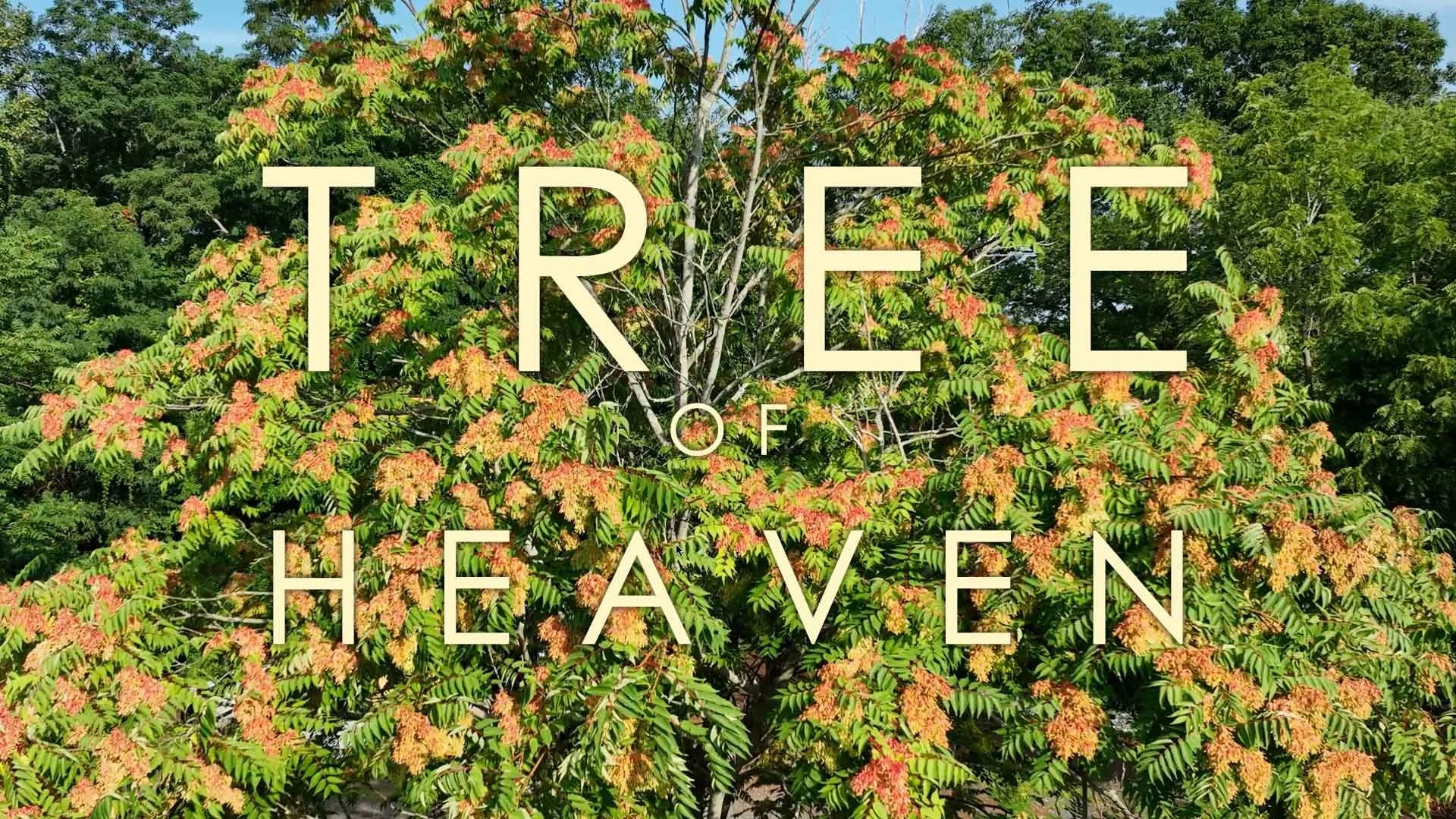Tree of Heaven
Tree of Heaven (Hell)
Tree of heaven (Ailanthus altissima) is a fast-growing, deciduous tree native to China and Taiwan. It has smooth grey bark, opposite patterned leaves with thumb notches at the base. If you can reach a leaf and pull it off from the tree, it will have a pungent skunky smell that is unmistakeable. Tree of heaven can be confused with our native Sumacs, but upon closer inspection, key differences are evident.
Tree of heaven has spread widely across the globe, particularly in urban and disturbed areas. It is notorious for its aggressive and expansive suckering root system, which enables it to spread rapidly and dominate surrounding landscapes. The suckering habit not only facilitates its spread over a wide area but also makes it extremely difficult to eradicate, as cutting down the main tree often results in a surge of new suckers. This resilience against control efforts is compounded by the tree's ability to grow in a wide range of environmental conditions, from disturbed soils to cracks in urban infrastructure. To make matters worse, Tree of heaven is also a host plant to the invasive spotted lantern fly.
FEATURED FILM
Keys to Success
It is imperative that this plant be managed properly. Far too many clients of ours have cut the tree down only to find hundreds more emerging from its expansive suckering root system. DO NOT CUT THIS TREE DOWN. Key to its control is killing it in place before attempting to physically cut it down and remove its growth. The two main methods for its control are:
• Hack and squirt, where incisions are made in the bark and concentrated herbicide is applied to the cuts
• Foliar herbicide applications for smaller specimens. Where a stand is short enough to safely reach, systemic herbicides can be applied to the leaves of the tree for an effective control of its growth.
With both approaches the tree is not trigged to produce outward growth with its suckering root system.
The vegetation may only be removed after these treatments have confirmed control (death) of the plant. For larger specimens this may take more than one season for effective management.














